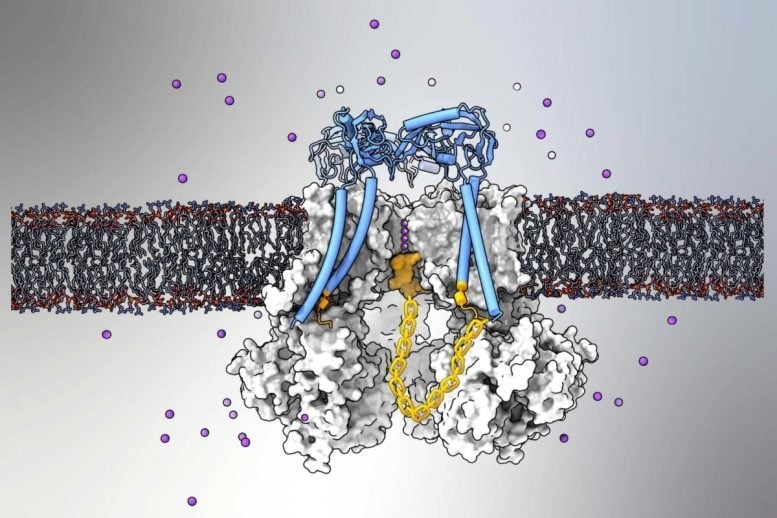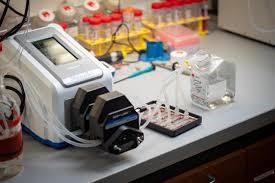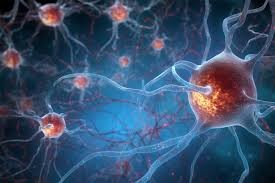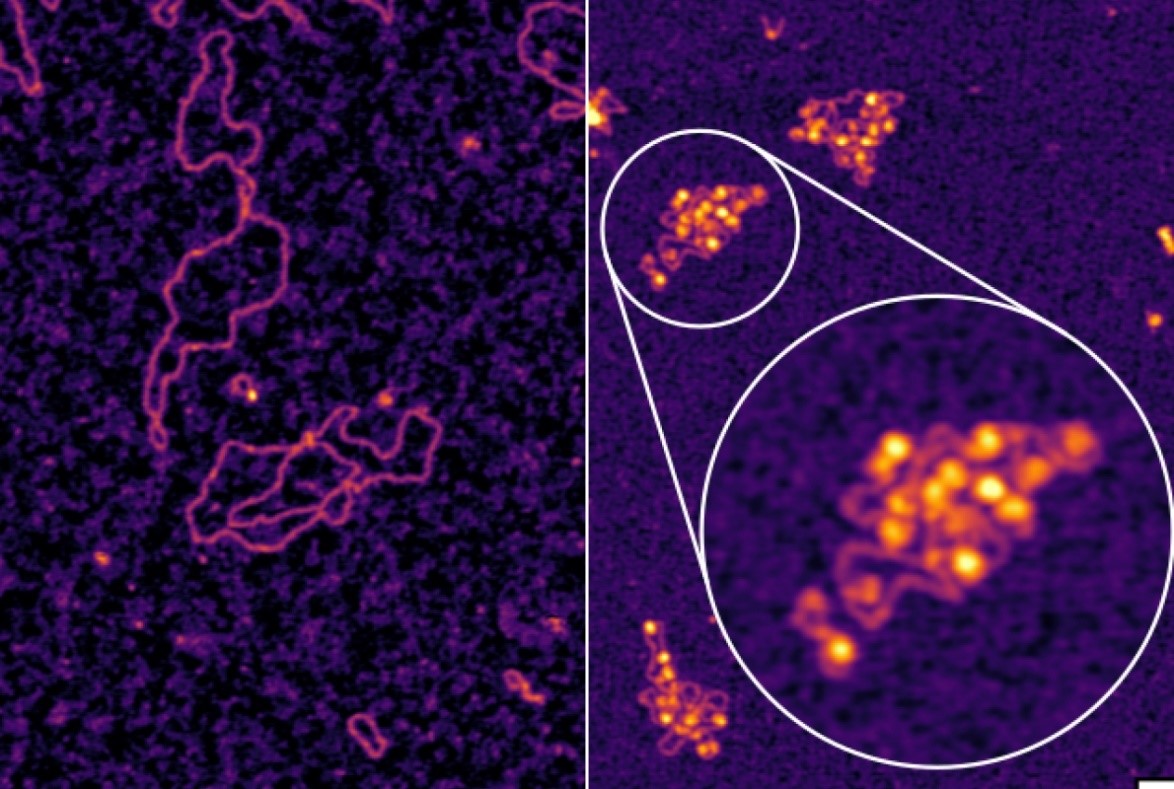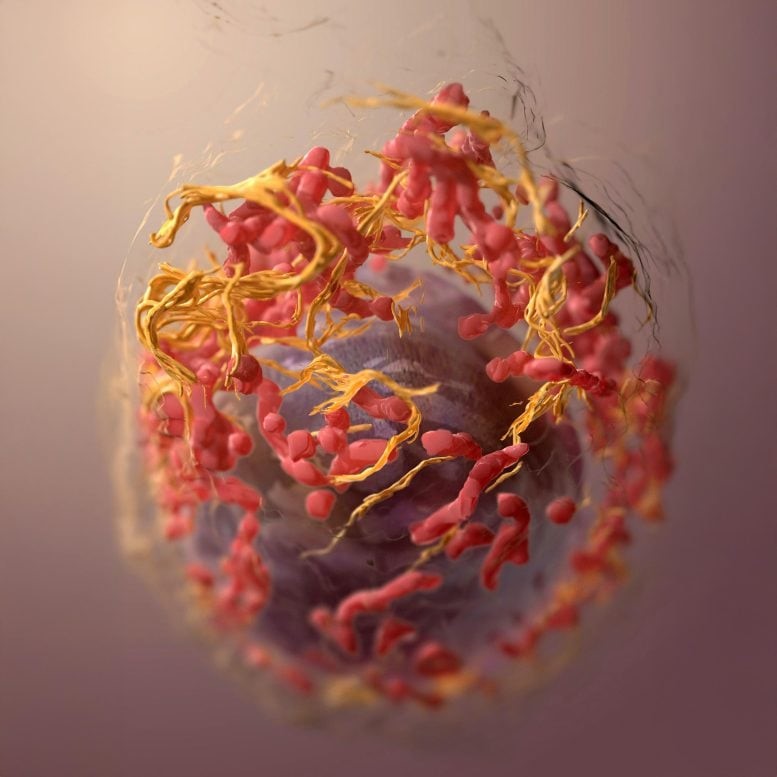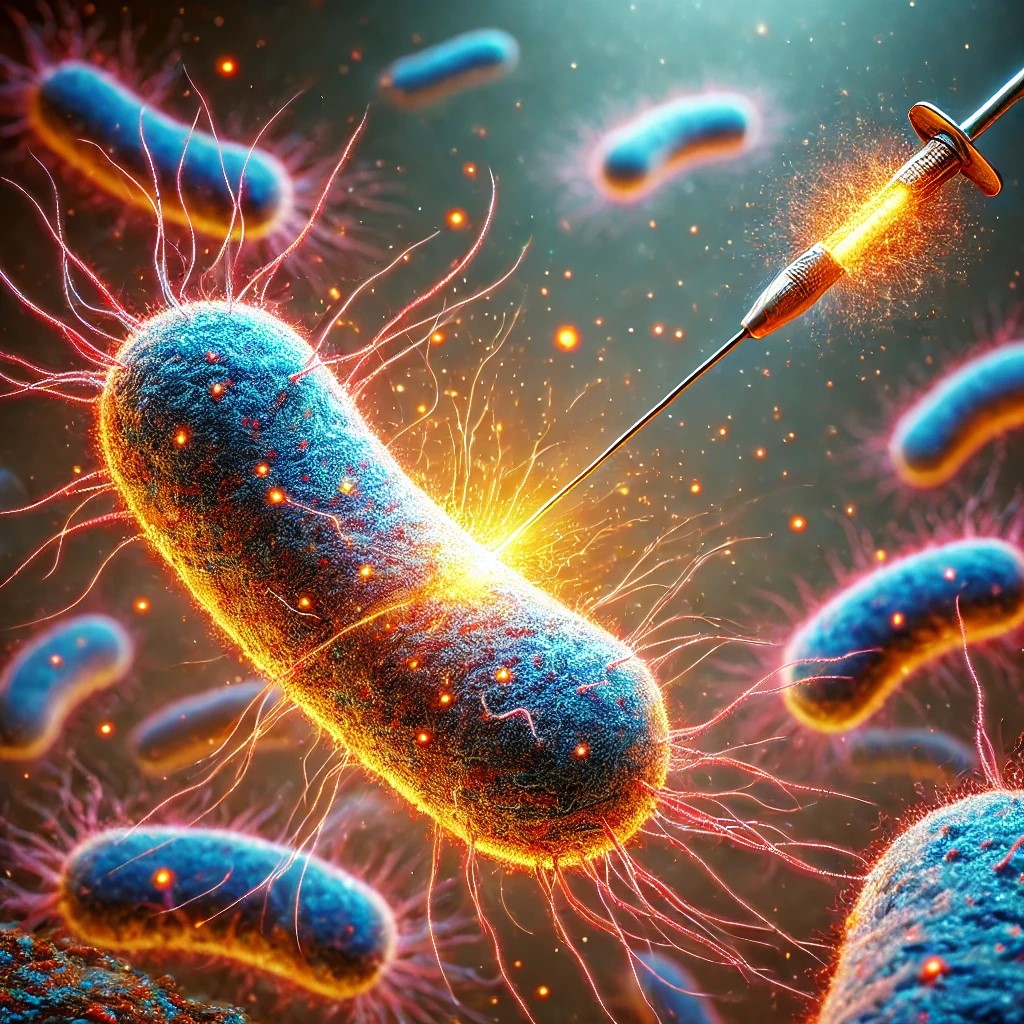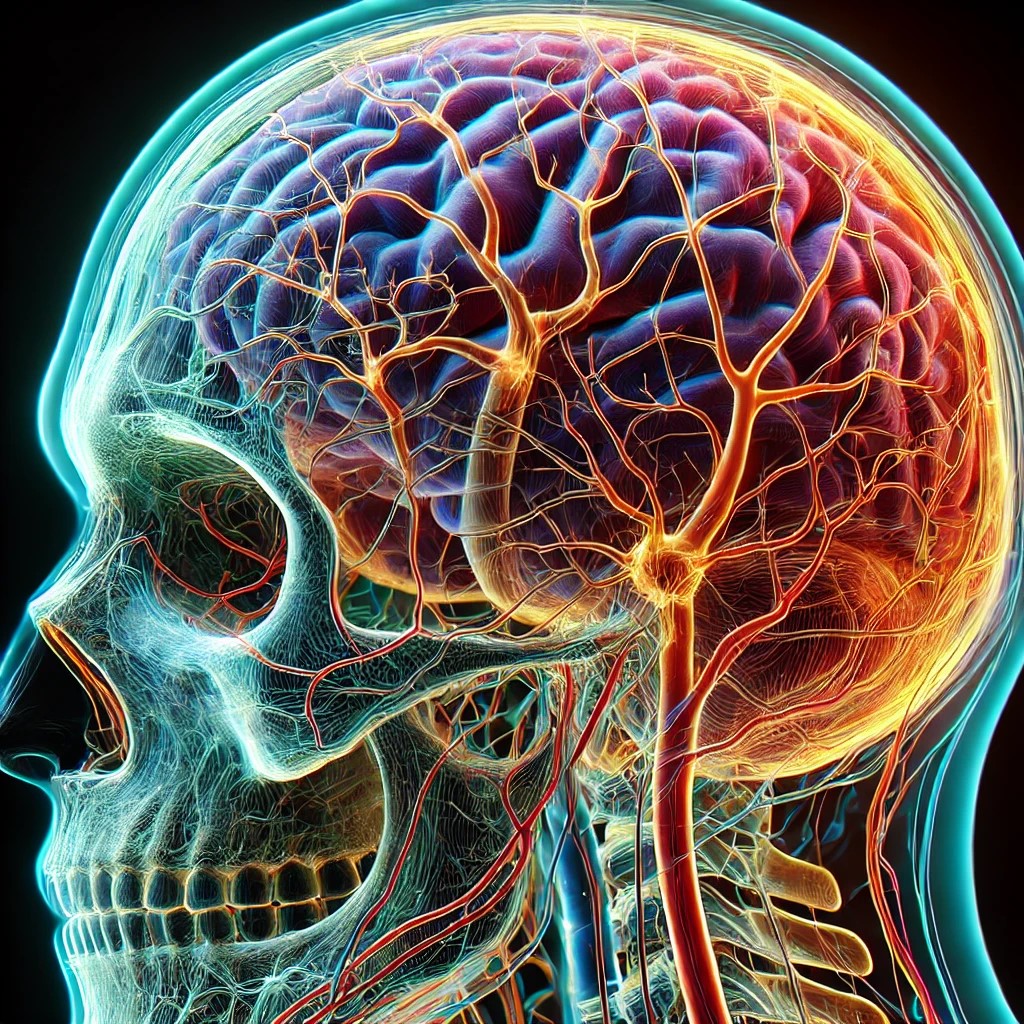The Microscopic Struggle That Shapes a Beating Heart
How Heart Cells Connect to Build a Beating Organ
As a heart develops, its cells move, jostling and bumping into each other while searching for their correct position. The stakes are high—pairing with the wrong cell could mean the difference between a properly beating heart and one that fails to function. A study published today (March 12) in the Biophysical Journal explores this intricate “matchmaking” process. Researchers developed a model to track how heart cells move and interact, offering insights into how genetic variations might disrupt heart formation in fruit flies.
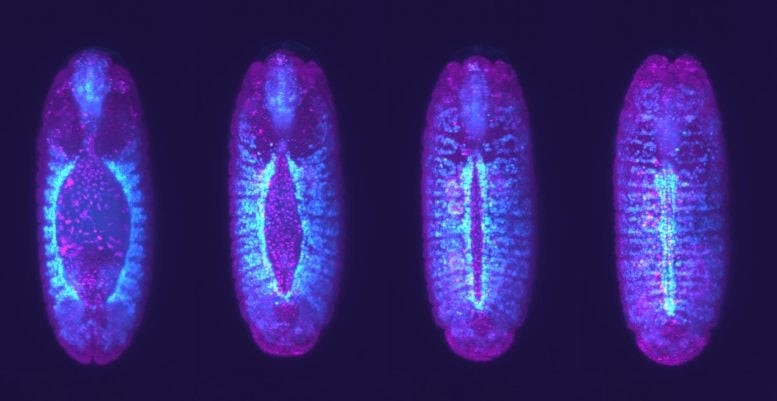
Figure 1. The Hidden Battle That Builds a Beating Heart.
In both humans and fruit flies, heart tissue originates from two separate regions in the embryo, starting far apart. As development progresses, these cells migrate toward each other and eventually merge into a tube-like structure that forms the heart. For this process to succeed, cells must align precisely and pair up correctly. Figure 1 shows The Hidden Battle That Builds a Beating Heart.
The Cellular Dance of Finding the Right Partner
“As the cells come together, they jiggle and adjust, yet somehow always manage to pair with a heart cell of the same type,” says lead author Timothy Saunders of the University of Warwick. This observation led the team to investigate how cells recognize their correct partners in the first place.
Developing heart cells extend thin, tentacle-like structures called filopodia to explore their surroundings and latch onto potential matches. Saunders’ earlier research revealed that proteins generate waves that push mismatched cells apart, giving them another chance to find the right partner.
“It’s basically like speed dating,” Saunders explains. “Cells have only a few moments to decide if they’re a good match, with molecular ‘friends’ standing by to pull them apart if they’re not compatible.”
The Science of Stability: How Cells Settle in Place
The researchers discovered that heart cells seek stability by finding a position where they experience the least movement—similar to how a rolling ball eventually comes to rest, a concept known in physics as energy equilibrium. In developing heart cells, this balance is achieved through a combination of connection forces and their ability to adapt to strain, known as adhesive energy and elasticity. Using this principle, the team created a model to demonstrate how cells self-organize.
To test their model, the researchers analyzed fruit fly hearts with mutations and misalignments. By calculating the adhesive energy between different cell types and evaluating tissue elasticity, the model predicted how cells would pair and rearrange themselves.
“Although rare, sometimes the heart tube ends up with one cell on one side when there should be two, or two cells when there should be four,” says Saunders. “We could input these imperfections into the model and run it.” The model’s predictions closely matched real observations in embryos, validating its accuracy.
Beyond the Heart: Why This Research Matters
The team emphasizes that their model not only deepens our understanding of how cells pair and align during heart development but also has broader implications. Similar cell-matching mechanisms play a crucial role in neuronal connections, wound healing, and facial development—where disruptions can lead to conditions like cleft lip.
Source: SciTECHDaily
Cite this article:
Priyadharshini S (2025),The Microscopic Struggle That Shapes a Beating Heart,AnaTechMaz,pp. 344








